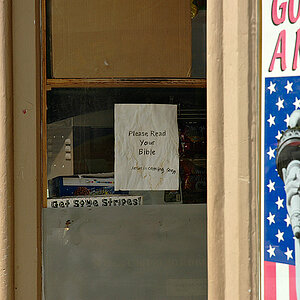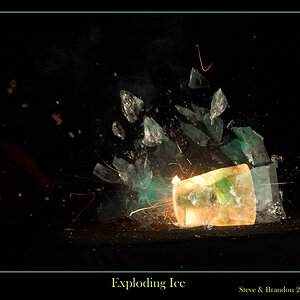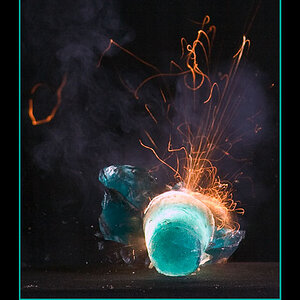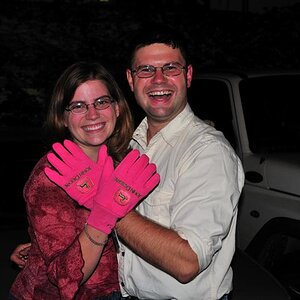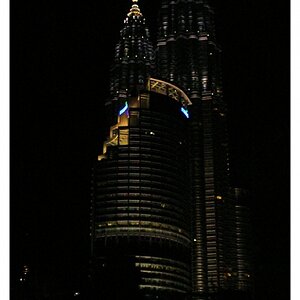Vtec44
Been spending a lot of time on here!
- Joined
- Nov 13, 2008
- Messages
- 3,501
- Reaction score
- 1,917
- Location
- So Cal
- Website
- www.jamestangphotography.com
- Can others edit my Photos
- Photos NOT OK to edit
I shoot medium format film about 15-20 rolls per week, and some 35mm too. I shoot mainly Kodak Portra 160, 400, and some 800 with my Pentax 645nii's along side with my Nikon F100. For digital, I shoot with my Nikon D800, D750, and D600.
There are pros and cons for each medium and you just need to understand the strength and weaknesses of each. I'm not an expert in all things film, or all things digital, but I use both mediums for a specific purpose on a regular basis.
For me, pros for digital are low light autofocus and high ISO. Anything that has to do with shooting in the dark then it's hard to beat digital. Pros for film are highlights retention and consistent skin tone colors. You can shoot in the middle of the day, over expose like 2-4 stops and still get retain the details in both shadows and highlights. Skin tone is more personal opinion but I prefer the tone I get from film. Some film has more latitude as far as retaining colors and details when over exposing. I heard you can over expose 8+ stops with fujifim 400h and still retain colors and details. I haven't tried that myself. When I shoot Fujifilm 400h, I tend to over expose about 2-3 stops. When I shoot Portra 400, I shoot almost at box speed with bias to over exposure. When I shoot Portra 160, I tend to push it about 1 stop. I do this mainly to get a certain color tone.
Metering for film is different compare to digital. For digital, you meter for highlights because you can then recover shadows in post process. For film, you meter for the shadows because film can retain highlights details better. Color film stock generally prefer to over expose about 1-2 stops to get a certain color pallet.
Not sure what else I can say other than just have fun!!
There are pros and cons for each medium and you just need to understand the strength and weaknesses of each. I'm not an expert in all things film, or all things digital, but I use both mediums for a specific purpose on a regular basis.
For me, pros for digital are low light autofocus and high ISO. Anything that has to do with shooting in the dark then it's hard to beat digital. Pros for film are highlights retention and consistent skin tone colors. You can shoot in the middle of the day, over expose like 2-4 stops and still get retain the details in both shadows and highlights. Skin tone is more personal opinion but I prefer the tone I get from film. Some film has more latitude as far as retaining colors and details when over exposing. I heard you can over expose 8+ stops with fujifim 400h and still retain colors and details. I haven't tried that myself. When I shoot Fujifilm 400h, I tend to over expose about 2-3 stops. When I shoot Portra 400, I shoot almost at box speed with bias to over exposure. When I shoot Portra 160, I tend to push it about 1 stop. I do this mainly to get a certain color tone.
Metering for film is different compare to digital. For digital, you meter for highlights because you can then recover shadows in post process. For film, you meter for the shadows because film can retain highlights details better. Color film stock generally prefer to over expose about 1-2 stops to get a certain color pallet.
Not sure what else I can say other than just have fun!!
Last edited:



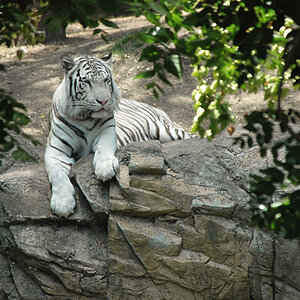
![[No title]](/data/xfmg/thumbnail/32/32929-22e23acc63d6ecb25e5ee941be87121f.jpg?1619735758)
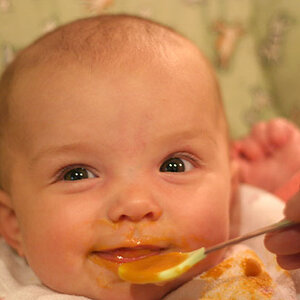
![[No title]](/data/xfmg/thumbnail/32/32953-da4fe78e854d5dbe210d58591ccf42d4.jpg?1619735787)
